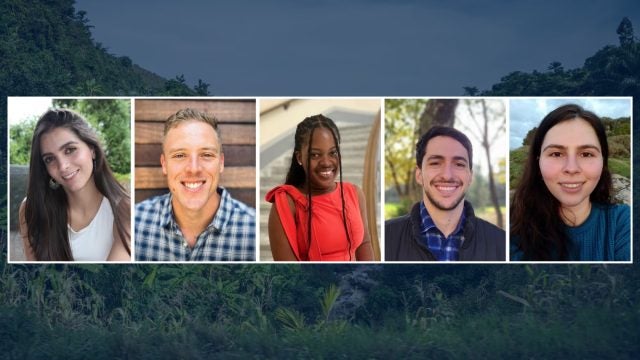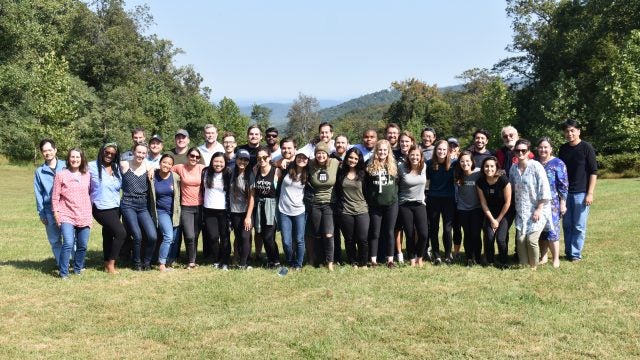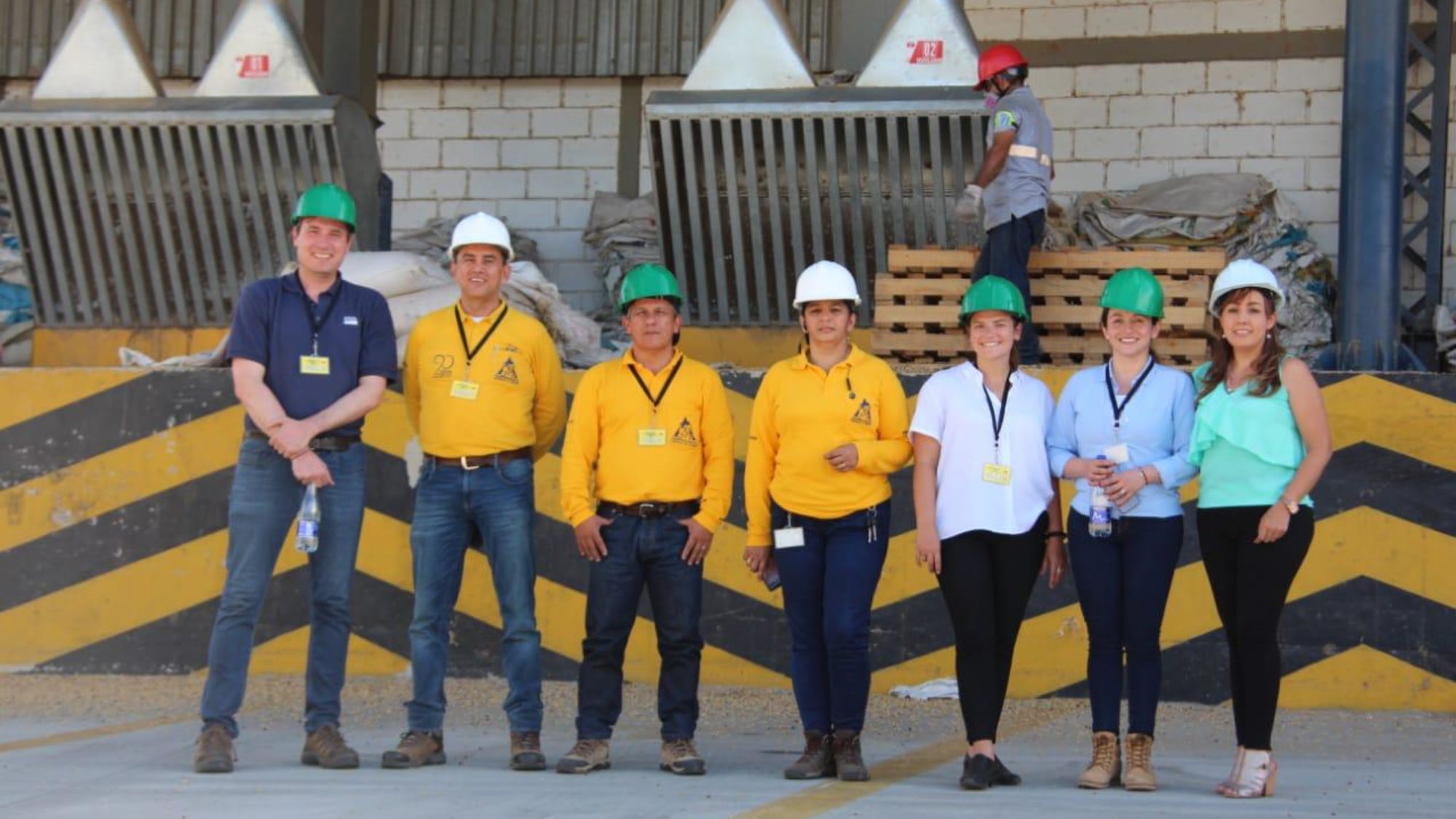
Title: My Summer Internship: Colombia: The Only Risk is Wanting to Stay
Ally Ryder, class of 2020, spent her summer in Colombia where she worked for the United States Department of Agriculture (USDA). She was able to spend time in the field learning about the prominent coffee sector, thriving tourism in Cartagena, and rehabilitation efforts to provide farmers with both technical and financial assistance to grow cacao plants.
As I signed my contract to work with the United States Department of Agriculture (USDA) this summer, both excitement and doubt ran through my mind. I was worried that by working in an Embassy, I would not have a comparable “international development” experience to that of my peers. While others had internships that offered more on-the-ground fieldwork and intensive language immersion, I was going to be sitting in a cubicle in an English-speaking environment, living comfortably in Bogota. I had to continuously remind myself why I chose to accept this opportunity: to learn about the direct impact the United States government has working in a foreign country, and how the U.S. uses political and economic influence to promote development in Colombia, specifically by expanding agricultural markets and assisting farmers.
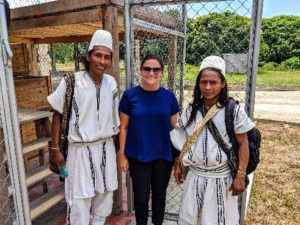
Violence, drugs, and corruption are unfortunately three words that are commonly associated with the country of Colombia. As I shared with family and friends that I would be living in the South American country this summer, I was quickly frustrated by the immediate follow of gasps and questions asking, “Is it safe to go to Colombia? Isn’t Colombia the drug capital of the world?” Colombians, too, are often frustrated by the reputation that persists from their past. There is so much more to Colombia than the popular television show Narcos portrays. One of my goals this summer was to dismantle these stereotypes and share the beauty and opportunity Colombia has to offer.
To be honest, my experience has been quite different than what I thought it would be. I have had the opportunity to travel to more cities in Colombia than the average Colombian. My cubicle collects dust as I spend my time in the field learning about the prominent coffee sector, thriving tourism in Cartagena, and rehabilitation efforts to provide farmers with both technical and financial assistance to grow cacao plants. Having the privilege to travel to these sites has given me an insight into the booming post-conflict future of Colombia.
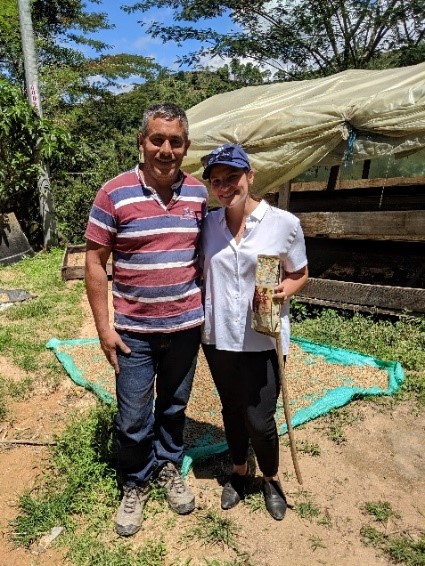
Thanks to my flexible managers, I have been able to learn more about USDA’s development projects on the ground—the very thing I was afraid I would be missing. While my work has mostly focused on the positive aspects of Colombia, it is also important to recognize and understand the challenges. This past week I was able to visit Buenaventura, commonly referred to as “the other Colombia” as it represents the social dichotomy that defines the country. This city is the home to Colombia’s largest port, and is its second largest customs revenue generator, serving as the gateway for trade with other countries. Despite the obvious opportunity for economic growth, the majority of its citizens are marginalized, silenced, and kept in poverty. Violence plagues the city at the hands of gangs that territorialize neighborhoods and seek bribes in exchange for citizens’ safety. There is a discrepancy between the revenues of the port and the amount reinvested into the city’s infrastructure and services for its residents. Corruption is the unspoken word that operates within the ports, allowing shipments to leave or enter without trouble.
Something I found both frustrating and interesting about Buenaventura was the lack of access into and out of the city as well as the amount of existing and historical information available. For example, there are only five domestic flights per week into Buenaventura. To arrive, my team had to fly into a city three hours away and drive in an armored vehicle. This lack of available transportation limits residents from entering or leaving the area. Additionally, there is hardly any data available detailing the level of poverty and education within the region. As a part of Georgetown’s Global Human Development program, I have learned the importance of understanding the context and data that can tell the bigger story of a region. For Buenaventura, the best way to learn is to directly talk to residents in person.
Buenaventura is a city easily looked past by Colombian politicians and international aid. Something that intrigued me was that the majority of its citizens are Afro-Colombian. I asked some of the locals why they thought there is a lack of attention and resources in the city, and several mentioned racism. Few Americans travel to Buenaventura due to the risk of violence and the lack of interest in visiting a poor, underdeveloped town. I am grateful I was not only able to open my mind and experience a city that has immense development challenges but also to meet hopeful and intelligent locals eager to fight for change and a prosperous future.
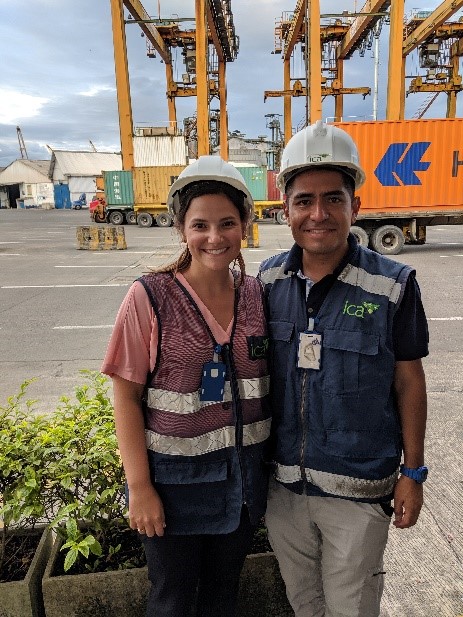
One of USDA’s objectives in Buenaventura was to survey the port authorities on the logistics of receiving wheat imports. USDA leads a project titled “Food for Progress” that helps developing countries and emerging democracies modernize and strengthen their agricultural sectors. U.S. agricultural commodities donated to recipient countries are sold on the local market, and the proceeds are used to support agricultural, economic, or infrastructure development programs. After witnessing the vast amount of poverty, I was disappointed to learn that proceeds received from the Food for Progress program will be going to other South American countries and not Colombia. The program is not tackling the corruption or development issues in the area that so desperately needs it. This reminded me that development projects funded by the U.S. government are often chosen on behalf of its political and economic interests and not always for the betterment of the host country. While the U.S. government is doing a great job in facilitating trade partnerships, I believe investing in local communities will further expand trade and improve development efforts moving forward.
Despite its continued battles fighting corruption and eliminating violence, I have thoroughly enjoyed my time in Colombia. I am thankful to my coworkers, friends, and strangers who patiently worked with me to improve my Spanish, let me step on their feet as I learned how to dance Salsa, and most importantly introduced me to the delicious food and beautiful culture. Locals use the phrase, “En Colombia, el riesgo es que te quieras quedar,” or “In Colombia, the only risk is wanting to stay.” I believe this statement accurately captures my experience living in Colombia, and I know I will be back one day.
Read more about Ally here
More Summer Internship Blogs
When Claudia Gonzalez and Jared Stein, second-year students at the Global Human Development Program (GHD) at Georgetown University, started their internship journey with the UN Refugee Agency (UNHCR)…
